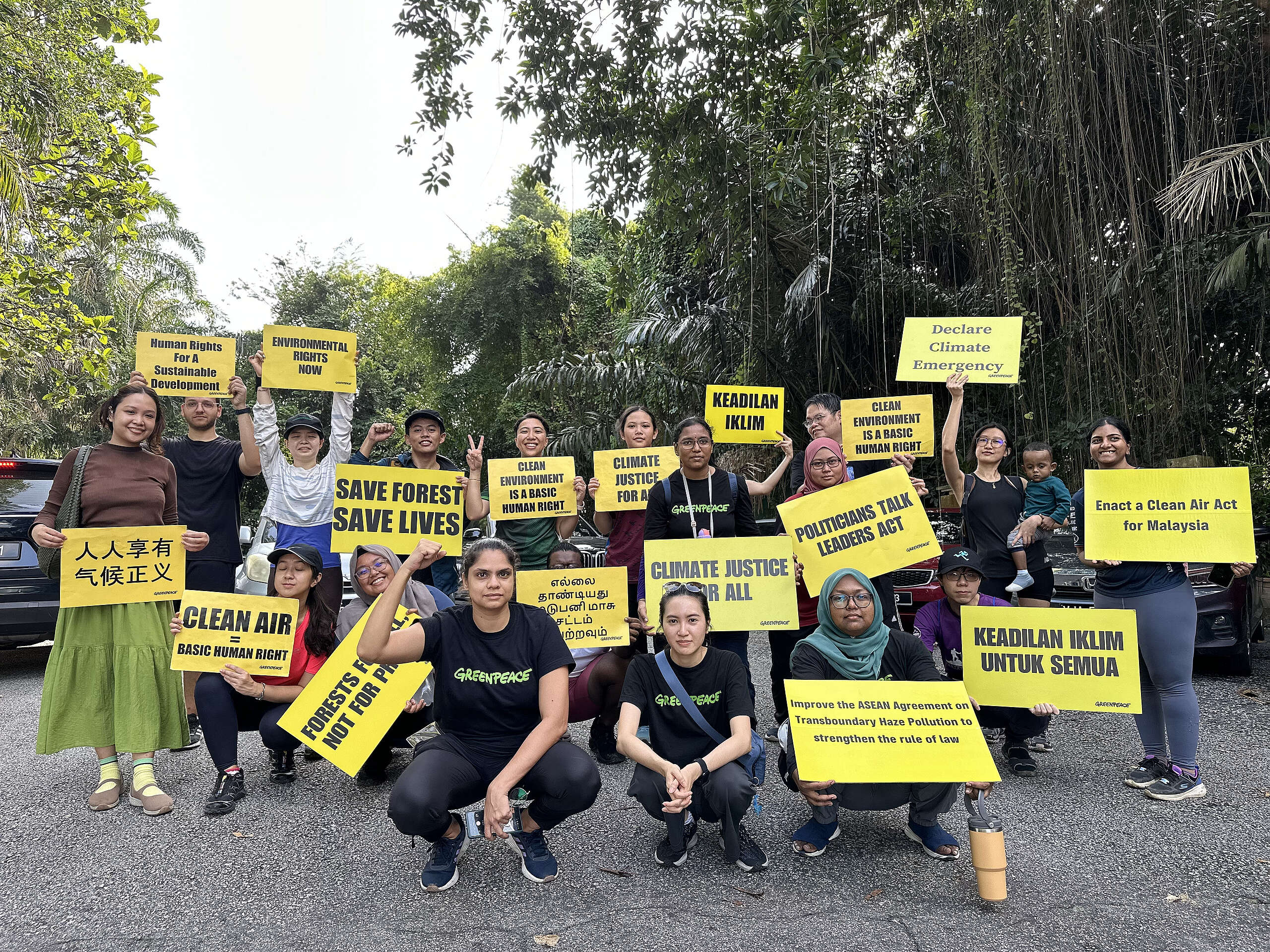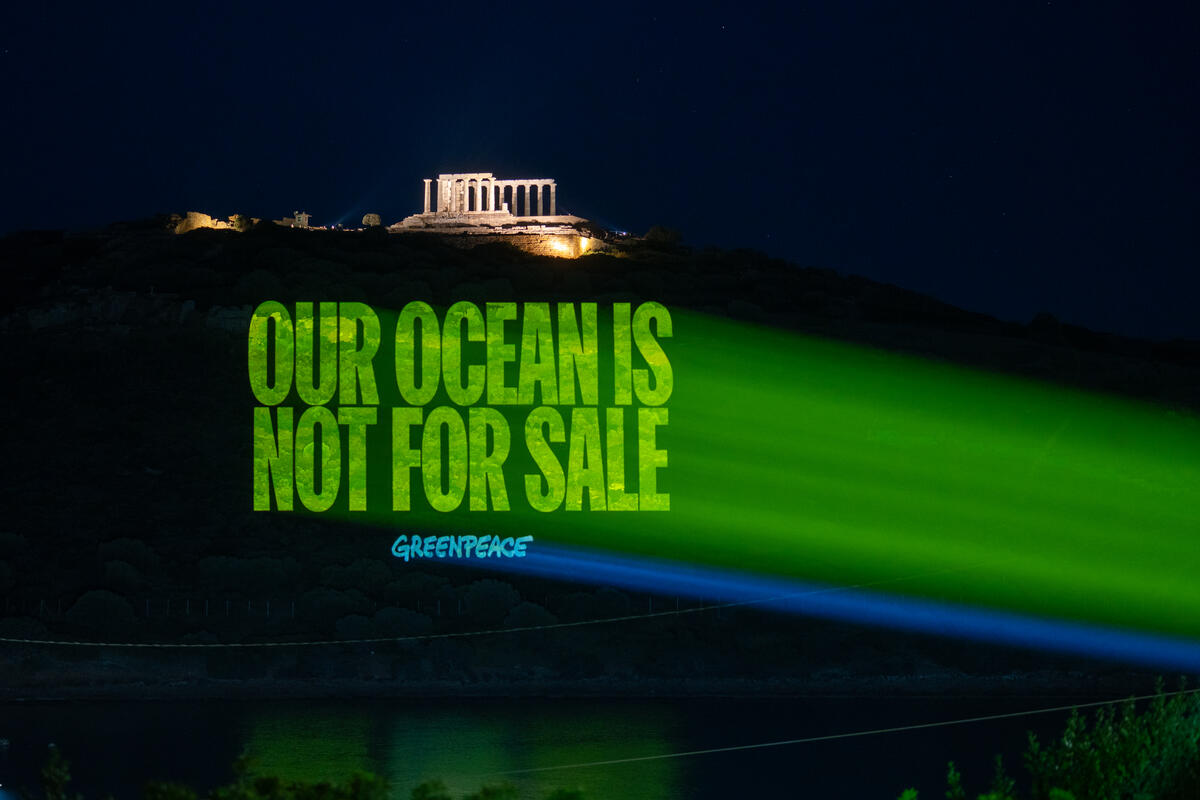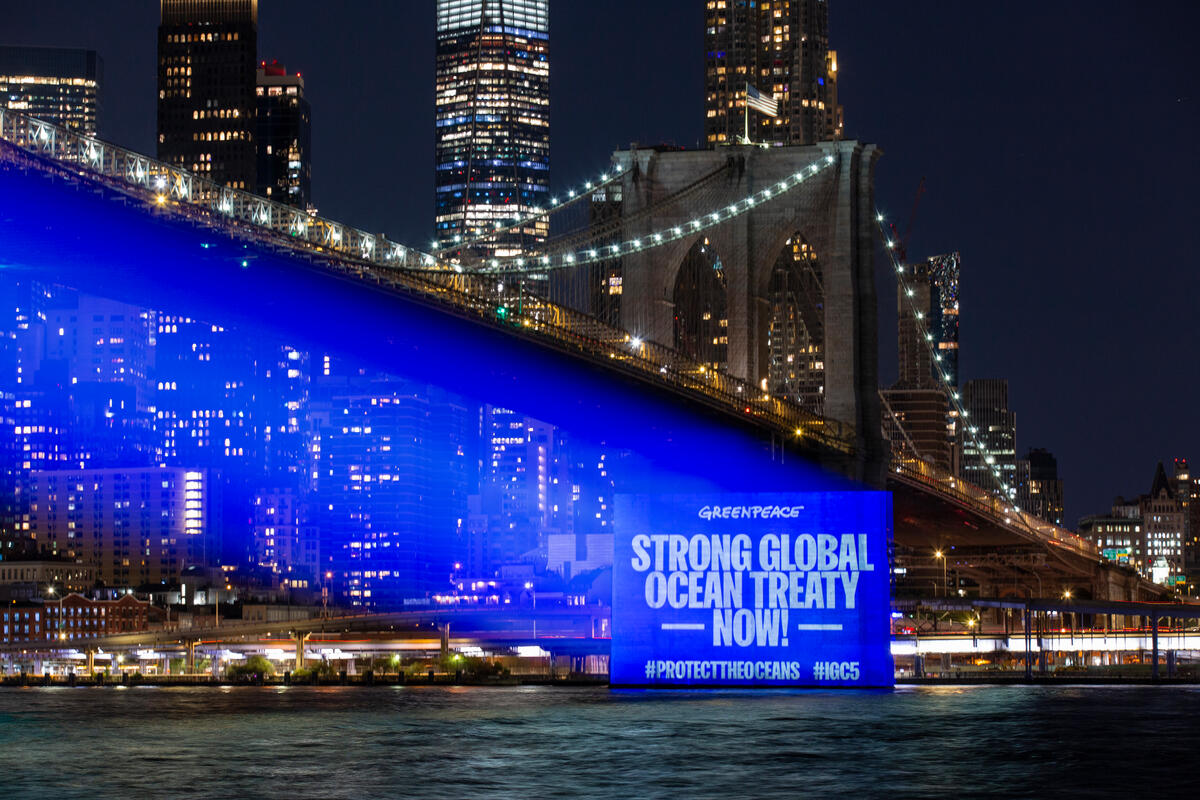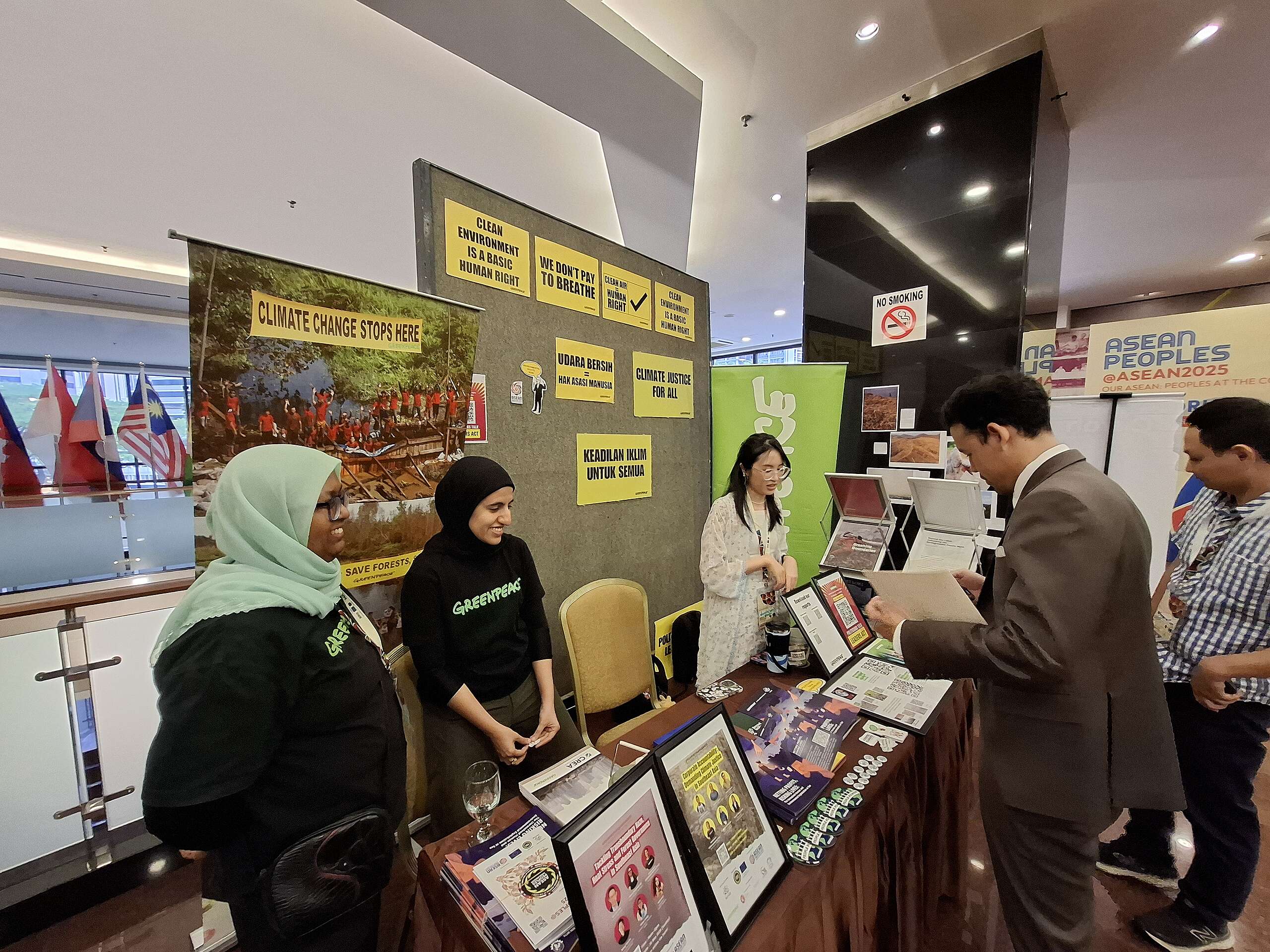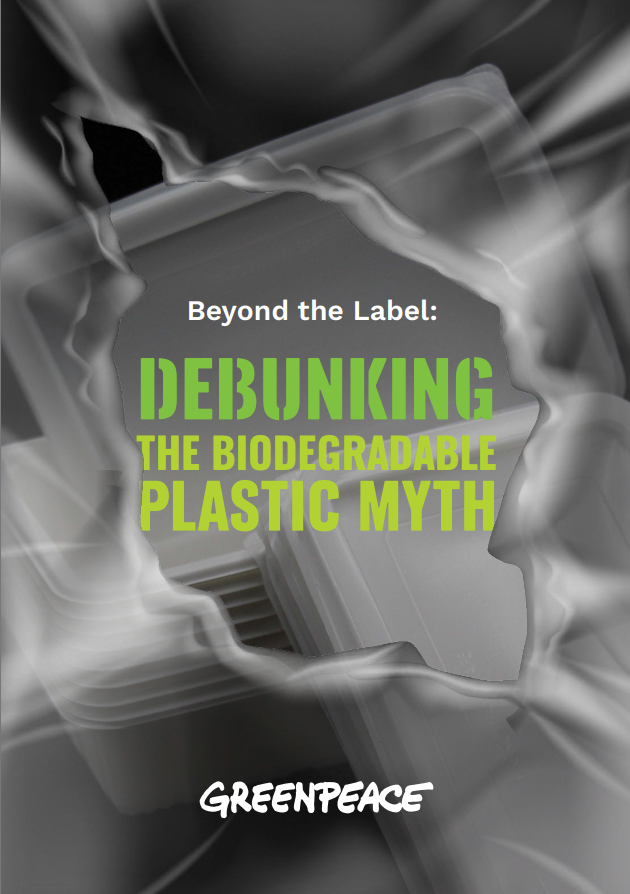-
Breathing Easy: A Community Hike Calling for Environmental Rights in ASEAN
A morning hike turned into a powerful call: environmental rights are human rights, and Malaysia must lead the way.
-
Veerawit Tianchainan named New Greenpeace Southeast Asia Executive Director
Bangkok, 1 August 2025 – Greenpeace Southeast Asia has appointed Veerawit Tianchainan as its new Executive Director, effective 1 August 2025. Assuming leadership at a time of intensifying escalating climate…
-
UN Ocean Conference draft declaration fails to address the ocean crisis
Paris, France – Greenpeace International is alarmed by the state of the UN Ocean Conference draft declaration falls far short of expectations, with less than three weeks to the start…
-
6 things you can do for the ocean today
From demanding world leaders ratify the Global Ocean Treaty, to supporting coastal communities to protect their homes and livelihoods, there are many ways you can take action for the ocean today.
-
Transcript: AI is changing elections: How can we protect democracy?
Transcript for the podcast of AI is changing elections: How can we protect democracy?
-
Malaysia in the hot seat to champion ASEAN Environmental Rights Framework
Civil society groups and trade unions urge Prime Minister Datuk Seri Anwar to champion clean air for all, indigenous rights, workers rights under the framework of climate justice at the ASEAN Summit 2025
-
Beyond the Label: Debunking the biodegradable plastic myth
Greenpeace Thailand’s report ‘Beyond the Label’ critically examines the real-world performance of biodegradable and bio-based plastic packaging widely marketed as eco-friendly.
-
Transcript: Are urban communities a remedy for loneliness?
Transcript for the podcast of Are urban communities a remedy for loneliness?
-
Transcript: Would the world change if we taxed the super-rich?
Transcript for the podcast of Would the world change if we taxed the super-rich?
-
A particular personal point on reducing waste
This guest article by one of our eco-warriors highlights the challenges and rewards of going zero-waste, and why even small actions matter in protecting our planet.

